Sundance 2025: Inside the Making of 'Third Act' with Victoria Chalk and Travis Hatfield
This post was written by Michelle Gallina and originally appeared on the Adobe blog on January 27, 2025.This touching documentary not only chronicles Bob’s monumental life and career but also tracks the influence it had on Tad’s own sense of self, artistry, and citizenship. What emerges is an exploration of art, activism, grief, fatherhood, and legacy that paints an intimate, emotional picture of the Asian American experience.We sat down with the film’s editor, Victoria Chalk, ACE, and the creative director of motion graphics, Travis Hatfield, to discuss how they used Premiere Pro and its Productions feature, After Effects, Photoshop, Illustrator, and InDesign to craft this highly meta project about filmmaking and set up a completely remote workflow for seamless collaboration in post.Not only did Chalk work closely with Tad to transform the story from a straightforward biographical documentary into the intergenerational narrative it is today, but Hatfield’s motion graphics also brought the artistry of the film full circle: “[The film] is about two generations of filmmakers/artists telling stories through the lens of a camera. I took my lead from that and set out to create motion graphics that did the same thing—told the story through a camera (albeit a virtual one).”Read on for a behind-the-scenes look at making Third Act.How did you first get involved with this project?HATFIELD: I am the Creative Director at Flash Cuts, a boutique production/post-production company in Los Angeles. We were approached by Tad early on to bring on producer Eurie Chung and facilitate the film from production through delivery. As creative director, I designed the workflow and set up the project using Productions in Premiere Pro to help streamline the finishing process of the film and set up a remote working environment for the editor, assistant editors, and director to collaborate. I also designed all of the motion graphics in the film using After Effects and was the online and finishing editor.CHALK: Tad and Eurie had been working on the project in post-production already with an assistant editor for about a year when they reached out to me. Tad usually edits his own stuff but this film, like many personal documentaries, was proving to be challenging to edit. I saw some of the footage and immediately wanted to be a part of it.Travis, how did you first get into motion graphics? What drew you to it?HATFIELD: I’ve worked in post-production for over 20 years, and most of my skills have been acquired through necessity. I found early on that it was sometimes difficult to explain the ideas I had in my mind so it made it a personal goal to learn everything I could so I could understand the process, but also bring whatever idea I had in my mind to life without relying on someone else. Since the very first time I opened up After Effects, with only a tiny window on the left side of the screen, and no real information on how to get started, I just started and figured it out.Where were you when you found out you got into Sundance? How did you feel?HATFIELD: I was at my station, finishing up some tweaks to some of the motion graphics in the film. I was excited, not for myself but for Tad, Victoria, and Eurie who have spent years working on the project, always thinking Sundance was a long shot. I’m one of the few people who stayed out of the process until the finishing, so I only saw the result of their journey.CHALK: I was at my station in my home office doing exports when Tad called me. He just said laughing, “Vic, we did it!” and I immediately knew but couldn’t believe it! We had worked so hard on finding the story of this film, and it felt for the first time that somehow we had managed to do so. I also asked Tad what his dad said. Bob Nakamura is a filmmaker and their father/son-filmmaking relationship is at the heart of the film. He was really happy!Travis, what was the inspiration behind your motion graphics work on the film? What were you trying to achieve?HATFIELD: The film is kind of meta and also deeply personal. It’s about two generations of filmmakers/artists telling stories through the lens of a camera. I took my lead from that and set out to create motion graphics that did the same thing—told the story through a camera (albeit a virtual one). The goal was always to make things feel practical and not computer generated, so that involved lots of scanning photos, taking photos of walls, albums, and other practical elements that could be composited in a 3D space, where I could use a virtual camera to tell the story. I used After Effects because it has all the tools to bring my ideas to life, and it works seamlessly with Premiere Pro and Photoshop.How did you begin this project? Can you talk about the collaborative process with the director/editor/motion graphics and the process of creating your work from start to finish?HATFIELD: This project started during that dreaded time of COVID-19 in 2020, so working remotely was always the pl


This post was written by Michelle Gallina and originally appeared on the Adobe blog on January 27, 2025.
This touching documentary not only chronicles Bob’s monumental life and career but also tracks the influence it had on Tad’s own sense of self, artistry, and citizenship. What emerges is an exploration of art, activism, grief, fatherhood, and legacy that paints an intimate, emotional picture of the Asian American experience.
We sat down with the film’s editor, Victoria Chalk, ACE, and the creative director of motion graphics, Travis Hatfield, to discuss how they used Premiere Pro and its Productions feature, After Effects, Photoshop, Illustrator, and InDesign to craft this highly meta project about filmmaking and set up a completely remote workflow for seamless collaboration in post.
Not only did Chalk work closely with Tad to transform the story from a straightforward biographical documentary into the intergenerational narrative it is today, but Hatfield’s motion graphics also brought the artistry of the film full circle: “[The film] is about two generations of filmmakers/artists telling stories through the lens of a camera. I took my lead from that and set out to create motion graphics that did the same thing—told the story through a camera (albeit a virtual one).”
Read on for a behind-the-scenes look at making Third Act.
How did you first get involved with this project?
HATFIELD: I am the Creative Director at Flash Cuts, a boutique production/post-production company in Los Angeles. We were approached by Tad early on to bring on producer Eurie Chung and facilitate the film from production through delivery. As creative director, I designed the workflow and set up the project using Productions in Premiere Pro to help streamline the finishing process of the film and set up a remote working environment for the editor, assistant editors, and director to collaborate. I also designed all of the motion graphics in the film using After Effects and was the online and finishing editor.
CHALK: Tad and Eurie had been working on the project in post-production already with an assistant editor for about a year when they reached out to me. Tad usually edits his own stuff but this film, like many personal documentaries, was proving to be challenging to edit. I saw some of the footage and immediately wanted to be a part of it.
Travis, how did you first get into motion graphics? What drew you to it?
HATFIELD: I’ve worked in post-production for over 20 years, and most of my skills have been acquired through necessity. I found early on that it was sometimes difficult to explain the ideas I had in my mind so it made it a personal goal to learn everything I could so I could understand the process, but also bring whatever idea I had in my mind to life without relying on someone else. Since the very first time I opened up After Effects, with only a tiny window on the left side of the screen, and no real information on how to get started, I just started and figured it out.
Where were you when you found out you got into Sundance? How did you feel?
HATFIELD: I was at my station, finishing up some tweaks to some of the motion graphics in the film. I was excited, not for myself but for Tad, Victoria, and Eurie who have spent years working on the project, always thinking Sundance was a long shot. I’m one of the few people who stayed out of the process until the finishing, so I only saw the result of their journey.
CHALK: I was at my station in my home office doing exports when Tad called me. He just said laughing, “Vic, we did it!” and I immediately knew but couldn’t believe it! We had worked so hard on finding the story of this film, and it felt for the first time that somehow we had managed to do so. I also asked Tad what his dad said. Bob Nakamura is a filmmaker and their father/son-filmmaking relationship is at the heart of the film. He was really happy!
Travis, what was the inspiration behind your motion graphics work on the film? What were you trying to achieve?
HATFIELD: The film is kind of meta and also deeply personal. It’s about two generations of filmmakers/artists telling stories through the lens of a camera. I took my lead from that and set out to create motion graphics that did the same thing—told the story through a camera (albeit a virtual one). The goal was always to make things feel practical and not computer generated, so that involved lots of scanning photos, taking photos of walls, albums, and other practical elements that could be composited in a 3D space, where I could use a virtual camera to tell the story. I used After Effects because it has all the tools to bring my ideas to life, and it works seamlessly with Premiere Pro and Photoshop.
How did you begin this project? Can you talk about the collaborative process with the director/editor/motion graphics and the process of creating your work from start to finish?
HATFIELD: This project started during that dreaded time of COVID-19 in 2020, so working remotely was always the plan. This was actually one of the first projects that we used Productions on. We mirrored two drives with all the proxy media and used Dropbox to create a seamless working environment, so we could work as if we were all in the same room. I’ve known both Tad and Victoria for a little bit, so working together with them was a joy for me. During the offline edit, they had mapped out some rough ideas and sections where they wanted to do something, and then we had conversations about what that might be, and from there, they allowed me to play. For me, motion graphics can’t be a one-off or afterthought. The style you create should live throughout the film and dance in harmony with everything else—from lower thirds to titles to credits. Because Tad and Bob both spent their lives telling stories through photos and video, those elements needed to be the star, and anything I did needed to help punctuate that.
CHALK: “Third Act” is a deeply personal film, and I think originally Tad had seen this project very differently. When he set out to make the film, he wanted to tell the story of Bob Nakamura, an incredible filmmaker and community member. As I started to delve into the footage, I realized Tad had captured this version of the film, but the real story was their relationship, both as father and son and as filmmakers. As we collaborated as editor and director, it was important for me to show him scenes and footage where his character was strong, so that he could become comfortable with the idea of being more present in the film, all while respecting the space he needed to navigate the emotional journey he was going through with his father and family.
Working with Travis is always a joy! His motion graphics are the final stitching of the film, and make the visual language cohesive. His work makes the edit sing. I would also like to add that a film like “Third Act” cannot be made without a strong relationship between edit and archival. I have worked before with Alexandra Margolin (archival producer), and we always consult with each other during the edit process. It's a constant give and take between what we have and what we can find to tell the story. Working with an archival producer in a creative capacity helps find the film we are all trying to make, and showing Alex rough scenes so she had an idea of what to look for was pivotal.
Tell us about a favorite scene or moment from this project and why it stands out to you.
HATFIELD: My favorite part is not so much a scene, but the “we have a real movie” moment. I think as a director or editor, you get so used to seeing the offline version of a film, with low-res media, placeholder graphics, rough sound, and none of the polish. And while we talked, reviewed, and tweaked graphics, you never really get to see everything in context until everything has been fully onlined, color-corrected, and mixed. Those first few full watch-throughs, you could see the weights literally being lifted off of their shoulders.
CHALK: One of my favorite moments in the film is when Bob says that he wished he could have made another film about his own father, with “less history and more soul.” I am so jealous of all my friends and colleagues who got to take Bob Nakamura’s classes at UCLA, and I feel like this nugget of filmmaking info from the Godfather of Asian American media is all I need to keep challenging myself to be a better filmmaker. Less history, more soul! Thanks, Bob!
Describe your favorite piece or component of the project. How did it come together and how did you achieve it?
HATFIELD: My favorite part of the motion graphics is the depth of field. Just playing with the camera and lighting to take a bunch of two-dimensional elements and make them look and feel real. By using real-life inspiration like Tad’s bedroom or Bob’s office, we placed photos in places that felt organic to their environments and even hid a couple of Easter eggs that only Tad and Bob would notice. We also scanned documents with Bob’s handwriting to create the title and lower thirds.
CHALK: My favorite component of the film was also one of the most difficult to achieve. I really like how the idea of a multi-generational story now plays out, from Jichan (Tad’s grandfather), Bob, Tad, all the way to Prince (Tad’s son). I think it is a theme that speaks to both the joy of family and pain of intergenerational trauma in the Japanese-American community. The challenge was interweaving both archival and present-day footage where all four characters' relationships were explored. I’m hoping the balance was achieved and audiences are moved by the ups and downs.
What were some specific post-production challenges you faced that were unique to your project? How did you go about solving them? Was there any 3D work? If so, how did you accomplish it?
HATFIELD: The biggest challenge on any project is always time. For the motion graphics, I created a processing-heavy environment by building everything in 3D environments inside of After Effects that used a camera to move around in space with depth of field, to tell the story. While I have a fast machine, sometimes a simple scene can take a day to execute to get it looking the way I want. This film was finished in 4K, so that added another level to processing and rendering. I would often do my first iteration of an idea in HD and then use a script to scale my composition to 4K before rendering.
CHALK: For me, I think one of the challenges was the vast amount of both shot footage and archival. We had all of Bob’s films from his archive, thousands of photos, and all of the family video archival he had shot over the years—literally a life’s work, both professionally and personally. Keeping a handle on everything was challenging, but working in Productions meant that the archival team could create projects for me, cross-referencing archival along the way. Project files were created by decade, by character, by theme, by scene, etc., and photos/video files could live in several. This was a great way for me to find everything.
What Adobe tools did you use on this project and why did you originally choose them?
HATFIELD: This entire production used Adobe from beginning to end. All editorial was done in Premiere Pro, all VFX, compositing, and motion graphics were done in After Effects, and all typesetting, photo editing, and design was done in Adobe Photoshop, Illustrator, and InDesign. I also used a slew of AE scripts I have collected and perfected over the years to help expedite the process.
If you could share one tip about Premiere Pro or After Effects, what would it be?
HATFIELD: I think most people would say to learn things that help you become faster/more proficient in the software, but really the biggest tip is learning the language and science behind everything. The better you understand how and why things work, the easier it is to find solutions to what you are trying to create. We are storytellers, and the software is just a conduit that brings our ideas to life.
CHALK: Find the tools that work for you and your way of approaching things. I personally like the versatility of Premiere Pro. When I work with another editor, I often realize that we end up with the same result, but our way to get there is different; we use different layouts, different shortcuts, different editing tools. Personalize your space to support how your creative juices flow.
Who is your creative inspiration and why?
HATFIELD: I’ve had the privilege of working with many great artists, designers and creatives over my career, and each one of them has left a mark on who I am as a creative.
CHALK: It takes a village! I have learned something from every person who has helped me along the way and I try to continue to be inspired by watching and reading works old and new. When I am stuck though with story (this is a lot in the life of a documentary editor), I often turn to “Into The Woods” by John Yorke.
What’s the toughest thing you’ve had to face in your career and how did you overcome it? What advice do you have for people aspiring to get into the motion graphics space?
HATFIELD: The most important thing I’ve ever learned is to never stop learning. Never believe that you are the best at anything and always strive to learn or do something new. Since I began in this industry, I’ve spent a lot of time creating things just to learn how to do them, and what I’ve found is those same ideas that started as an idea to play with, end up making it into my work somewhere down the line.
CHALK: Working in independent documentaries, it’s really tough to see fantastic projects take years to find funding and actually get made. Sometimes I’m cutting a sample or scenes, and I know deep down the film will be groundbreaking, but I won’t be able to come back to it for maybe a year or more while the filmmaker fights for funding. Keep working on building community, finding other models to produce films, and support fellow filmmakers!
What’s your favorite thing about your workspace and why?
HATFIELD: I do most of my work from my home office. Everything is powered by my Mac Studio. I use two monitors for workspace, a broadcast monitor for color accuracy, a 4K display for resolution monitoring, and an iPad for communication and email. Also featured is a Wacom Tablet and Monogram Creative Console for quicker navigation in apps.
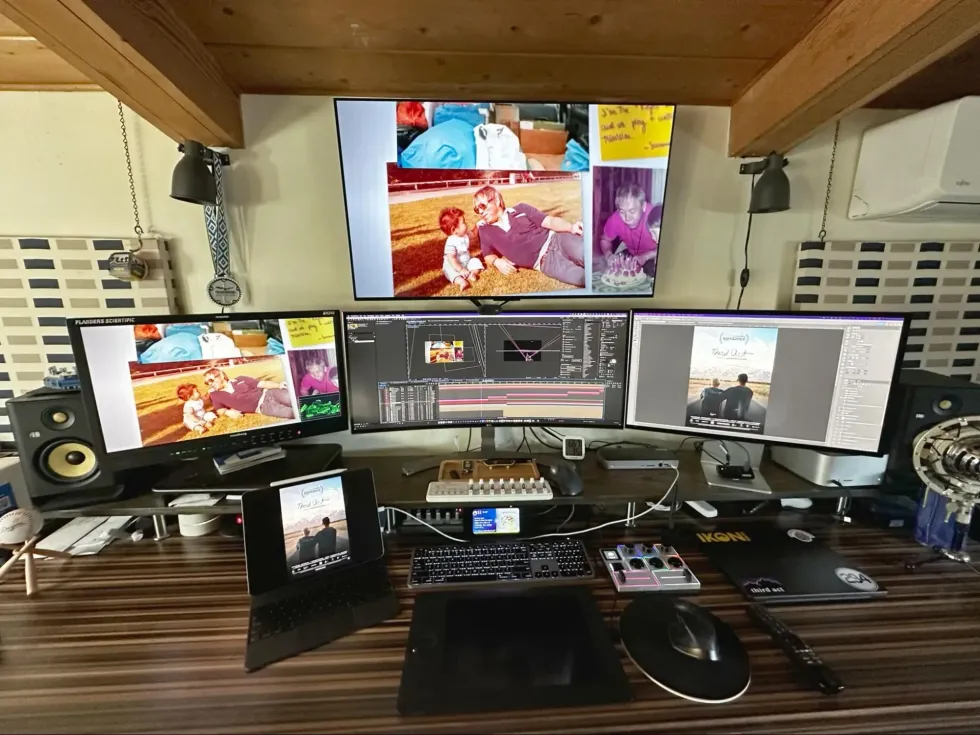
CHALK: Currently, I do a lot of work from home with a great monitor and a big TV for playback. I’m on a souped-up Macbook Pro, which allows me to just unplug and shift to an office space when meetings or in-person edit sessions need to happen. I love the black-out blinds in my office. The daytime light is great so it's easy to get some vitamin D, and then I can just pull it down again if I need the dark. What I hate? CABLES.
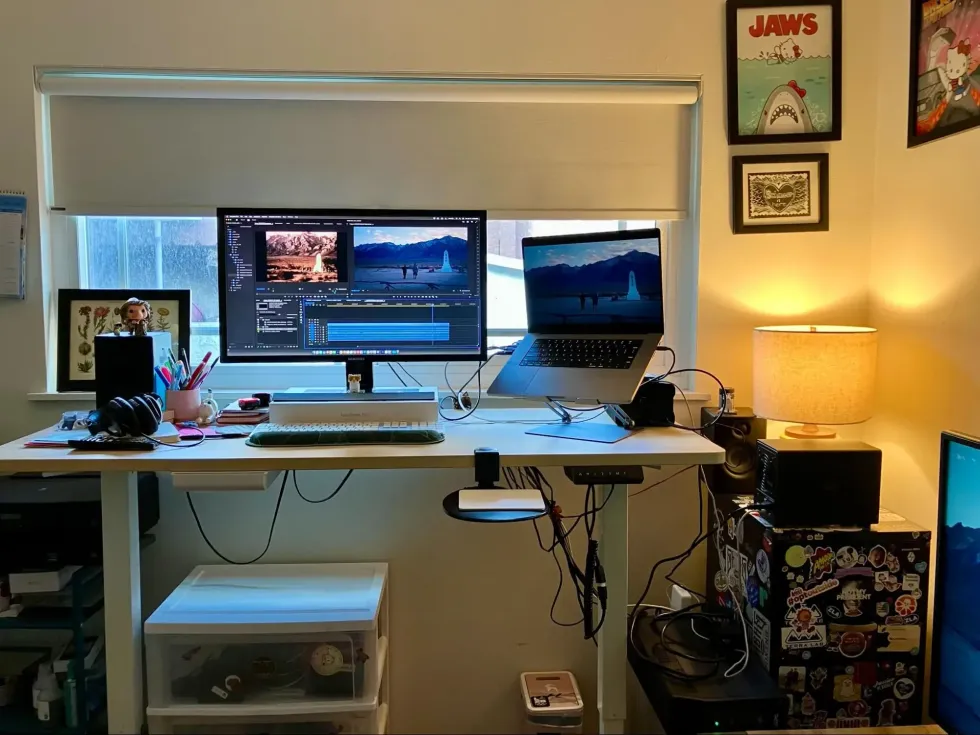

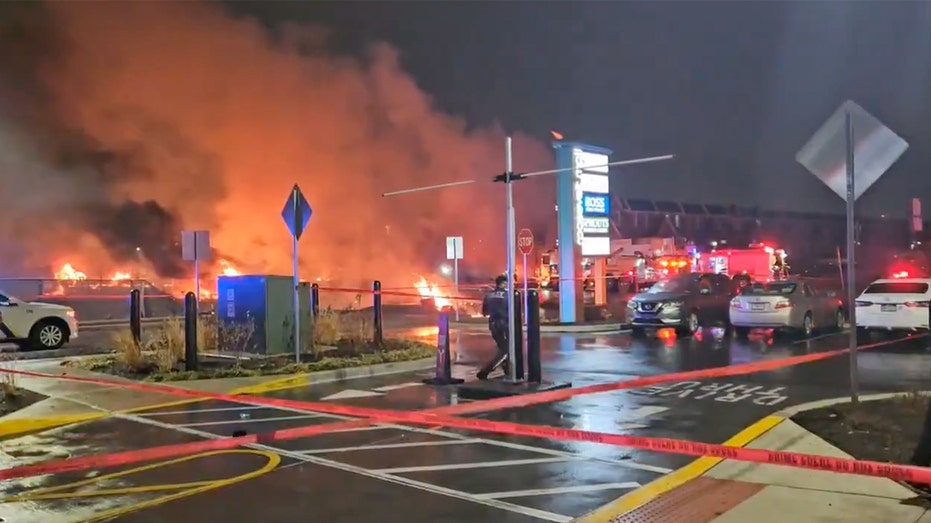
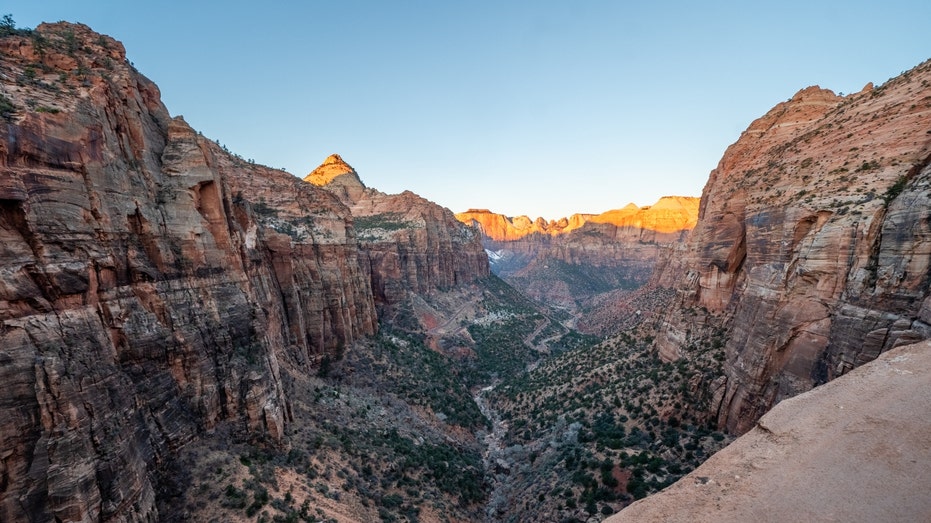

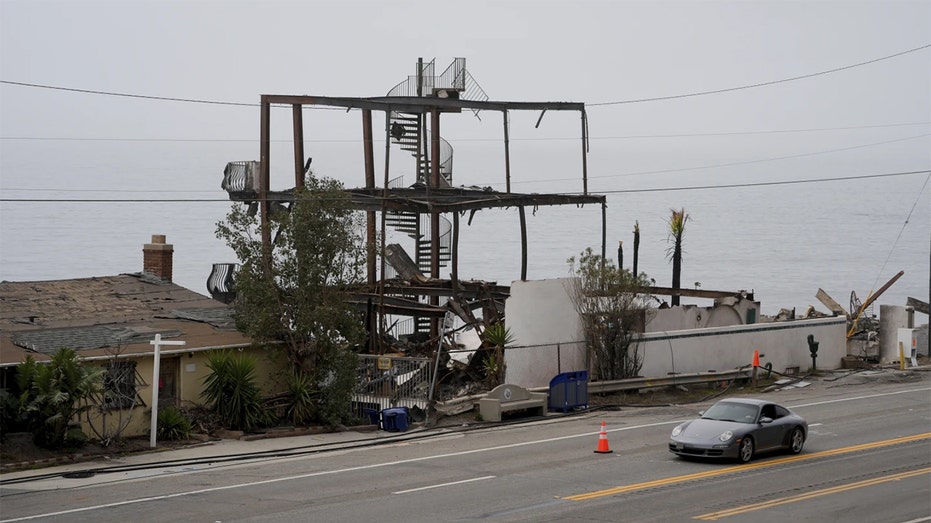


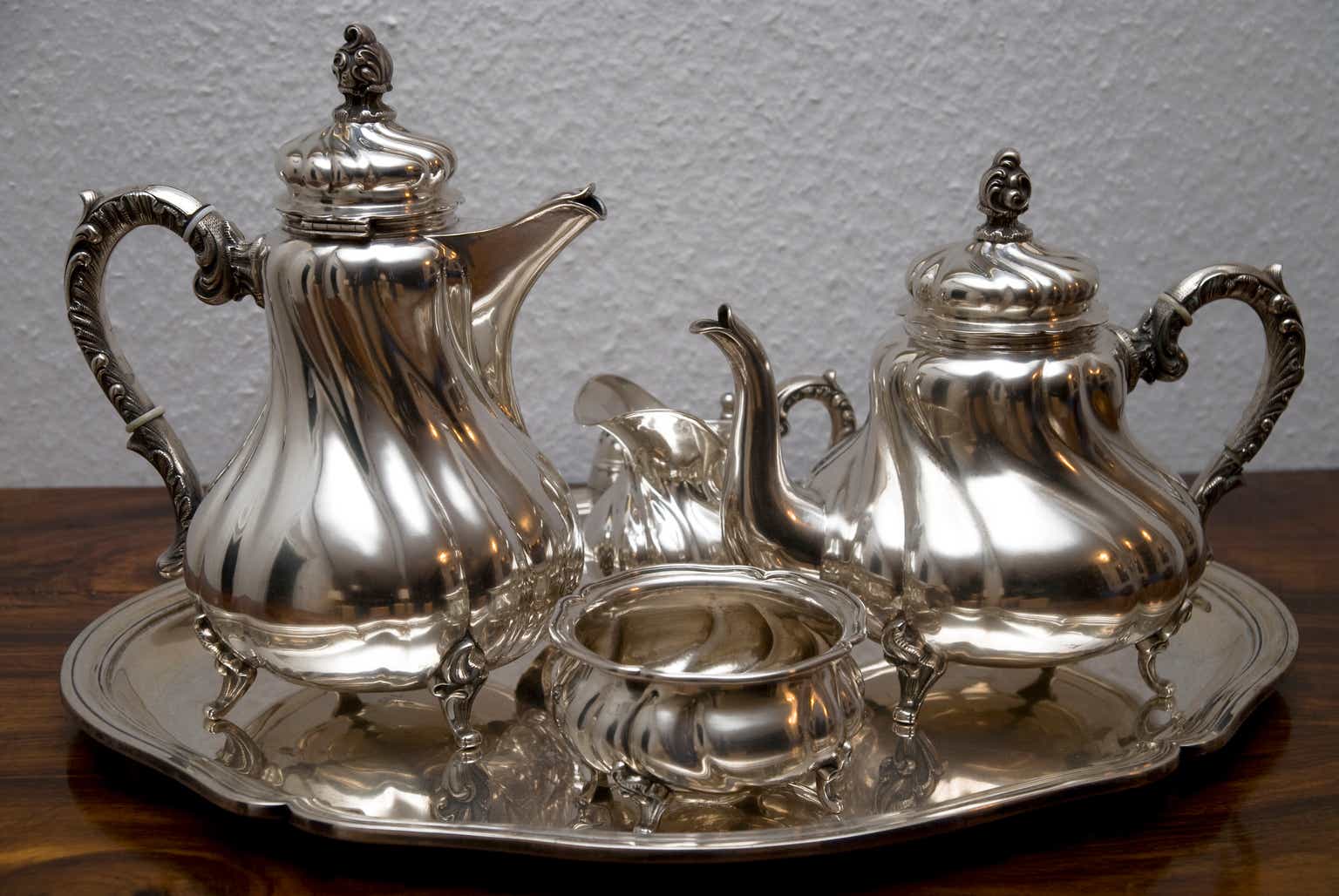




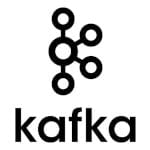
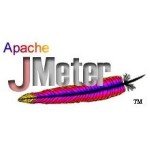









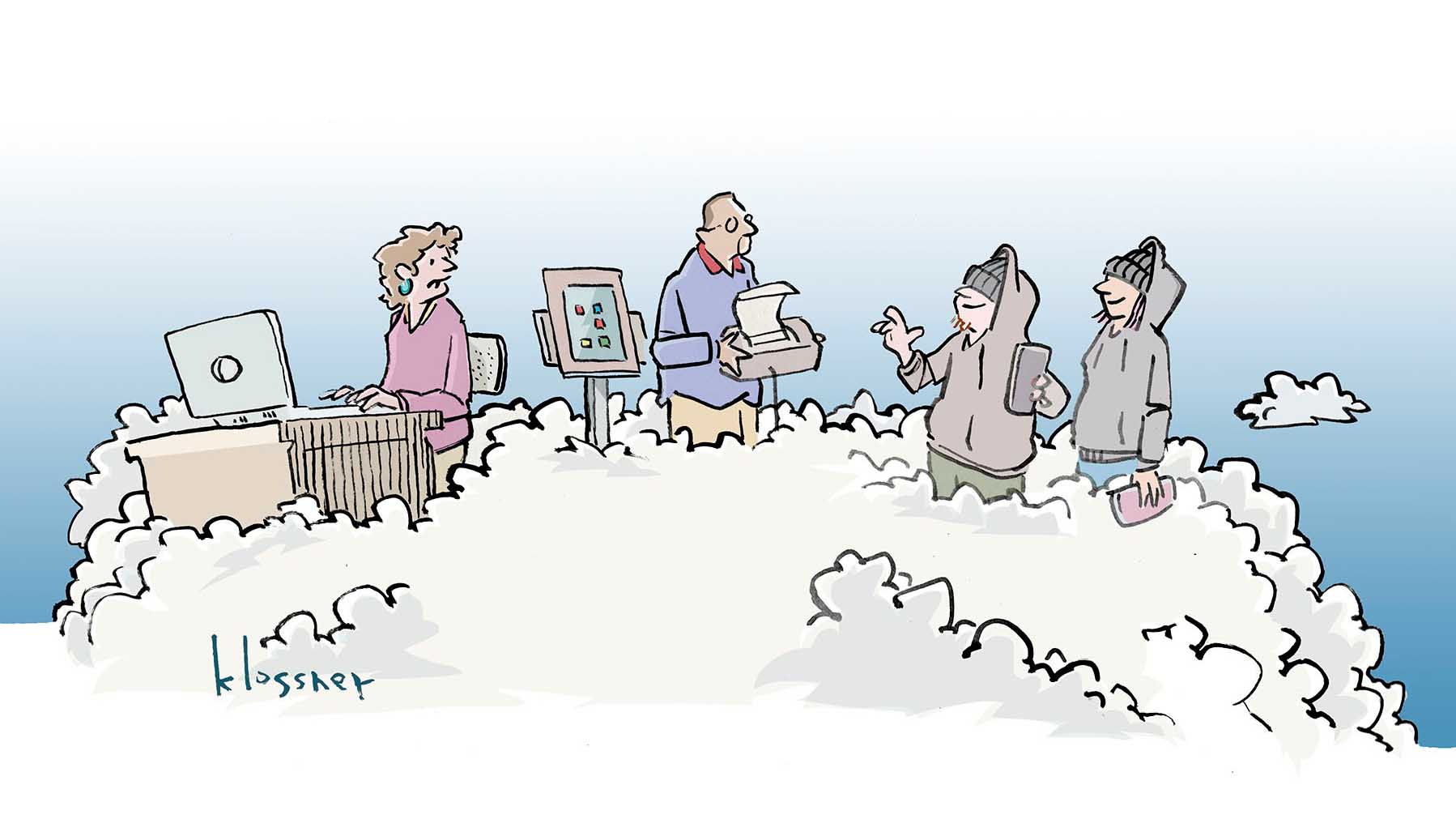
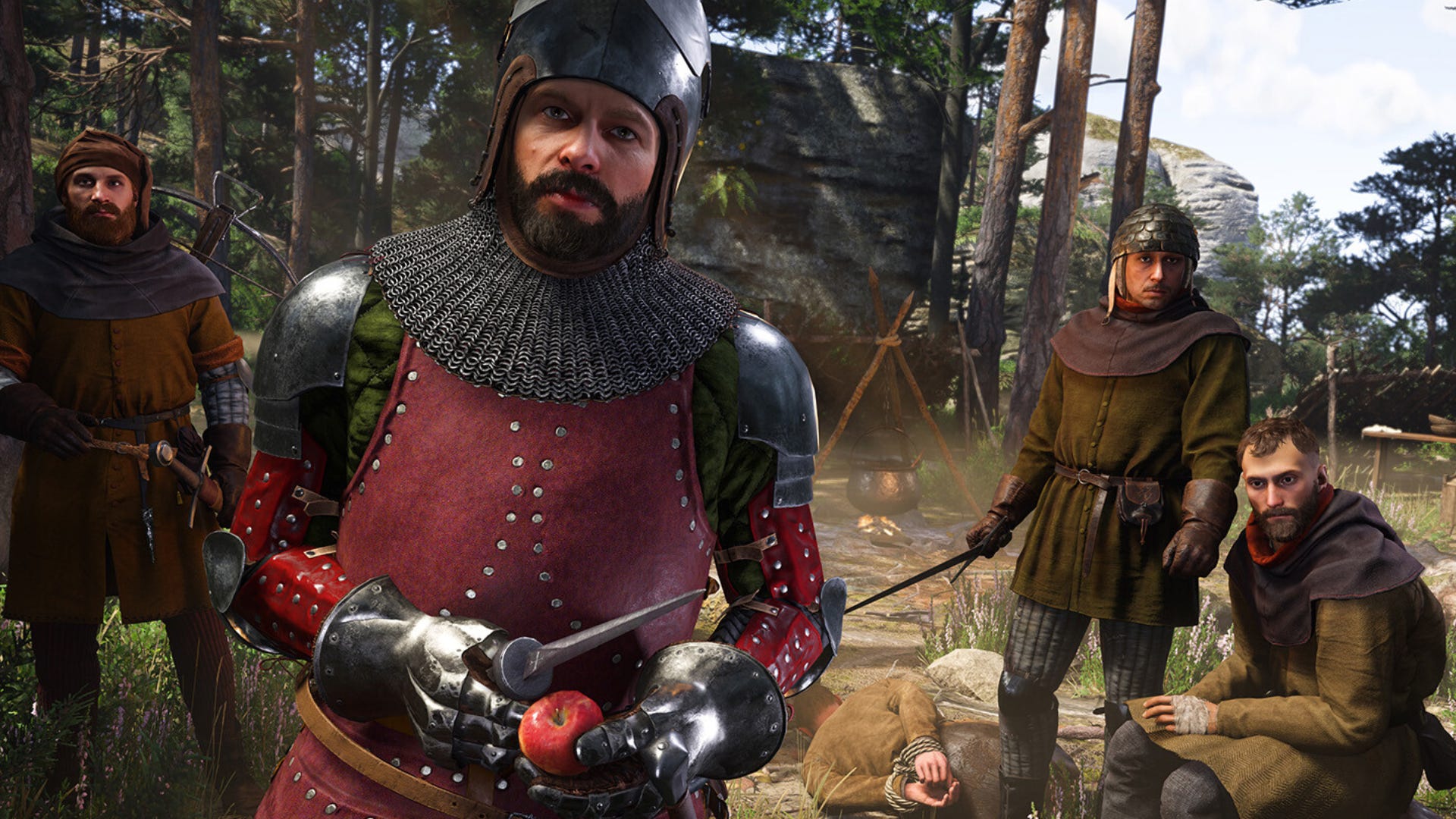
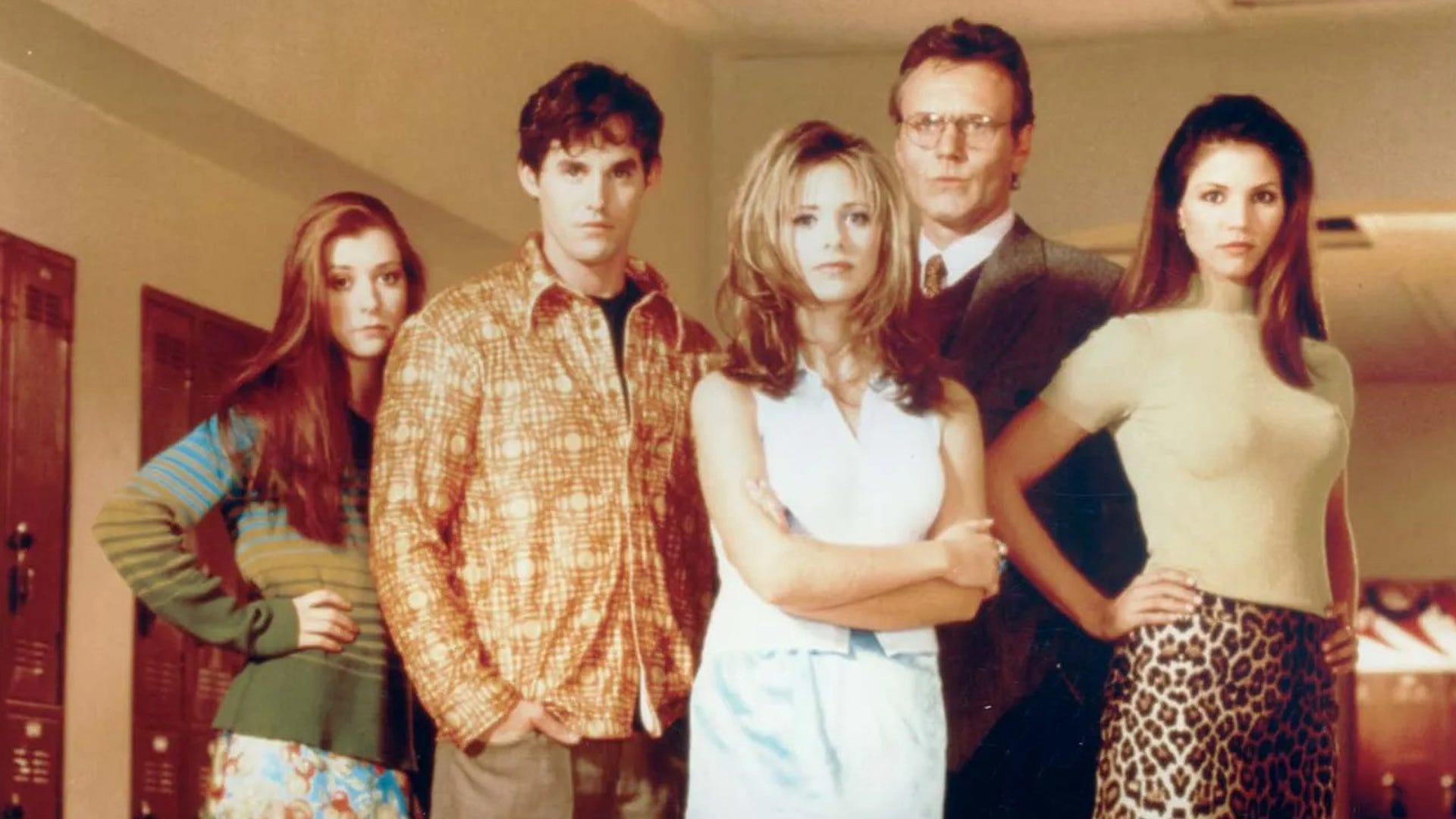
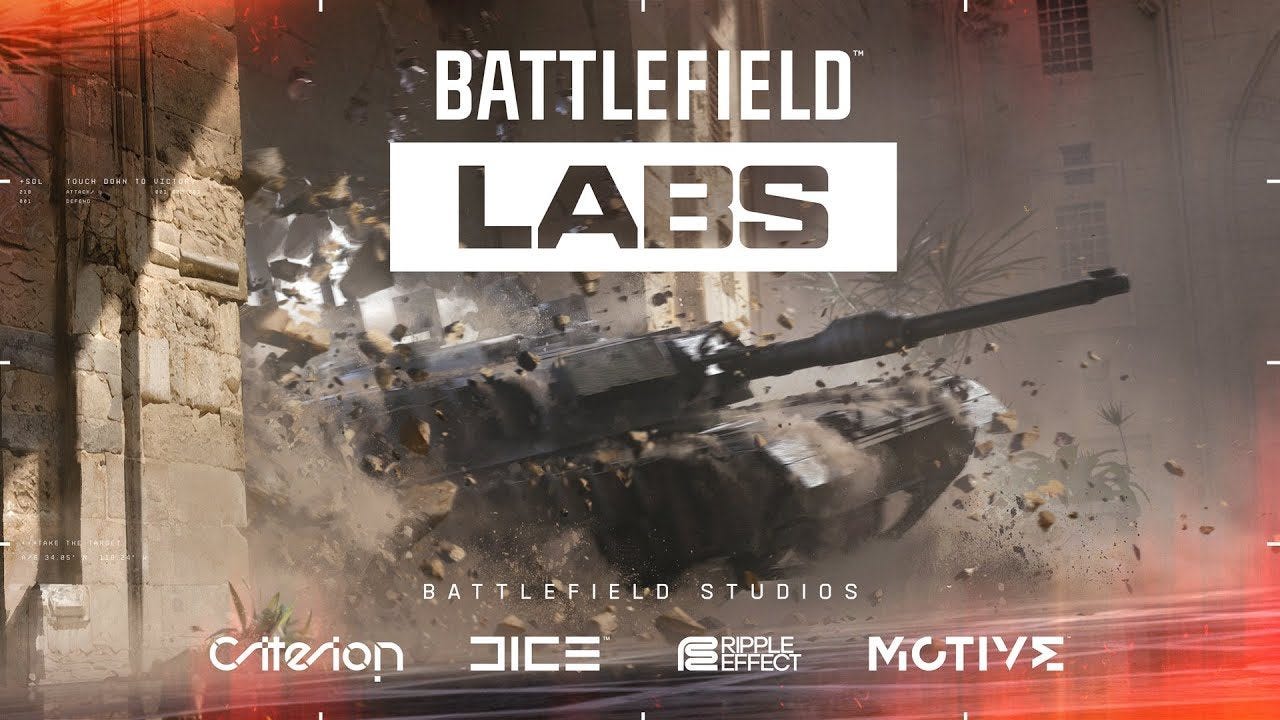


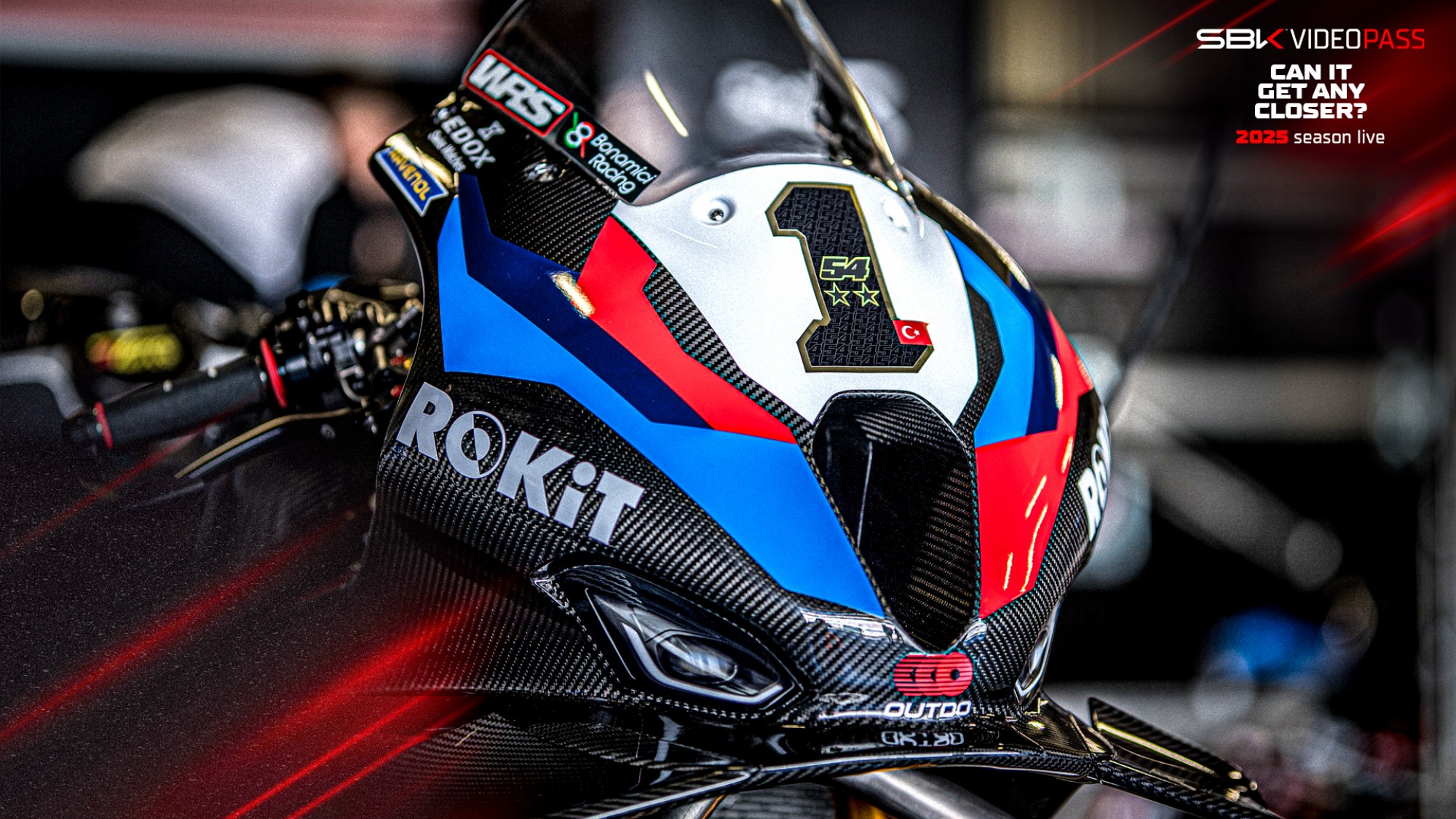










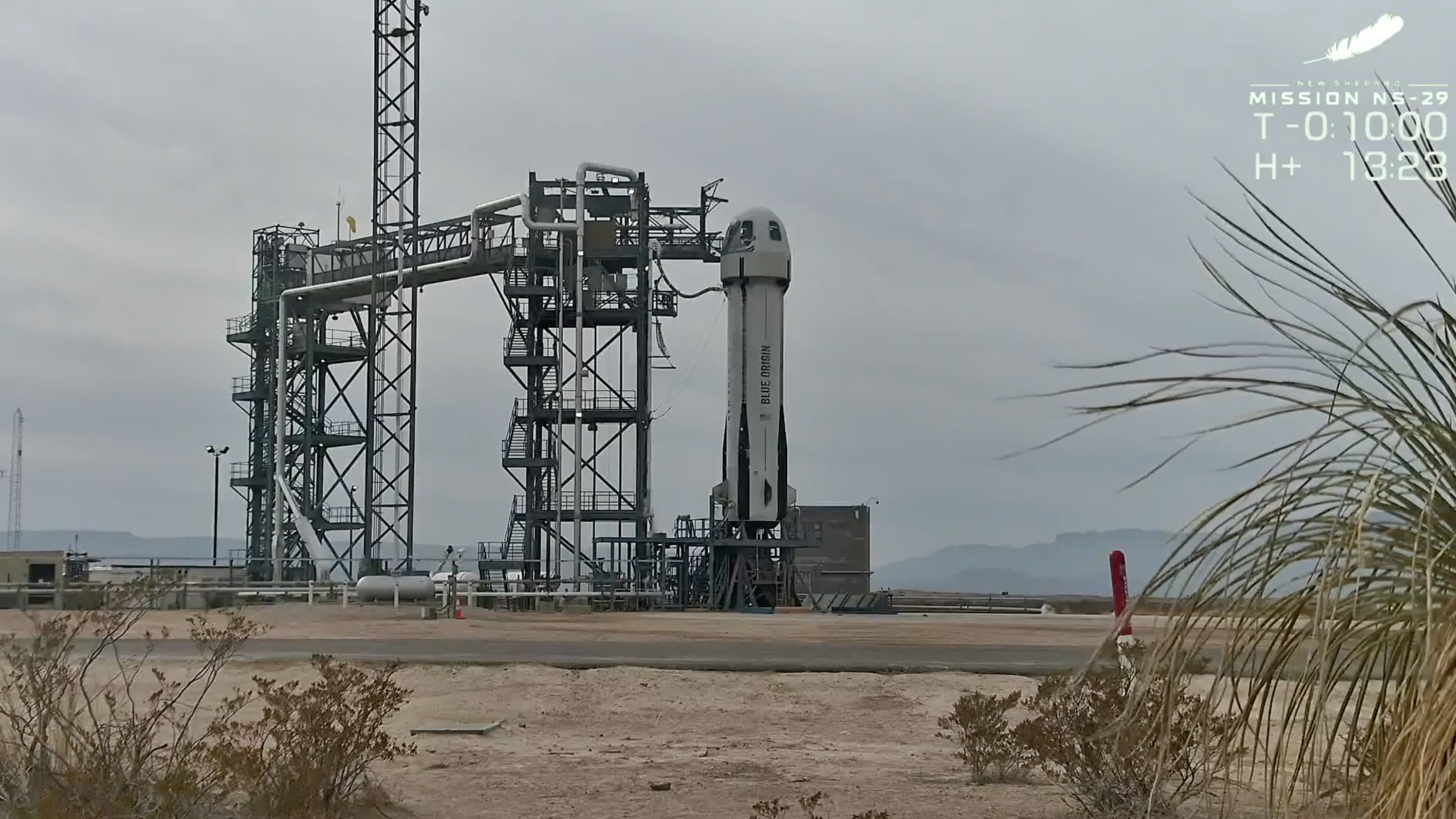


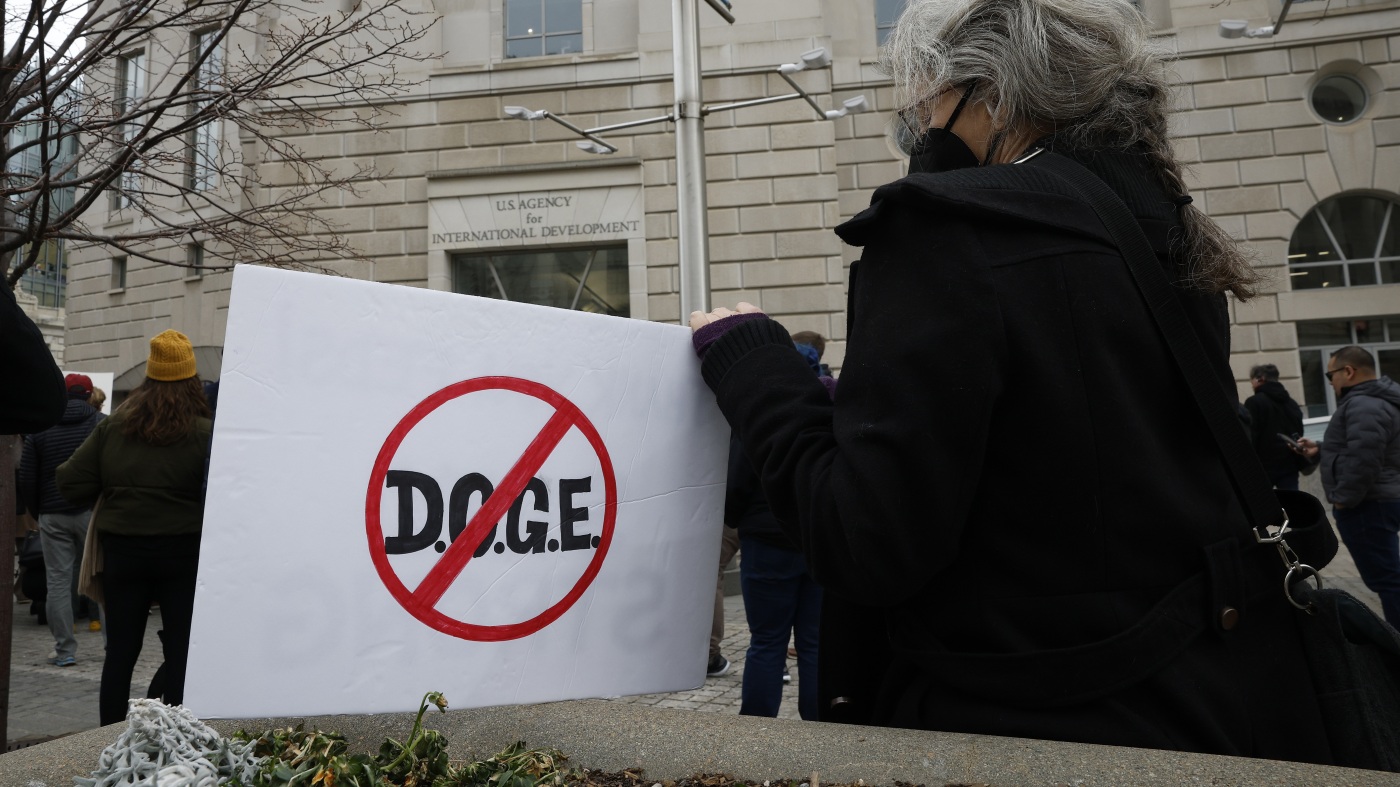








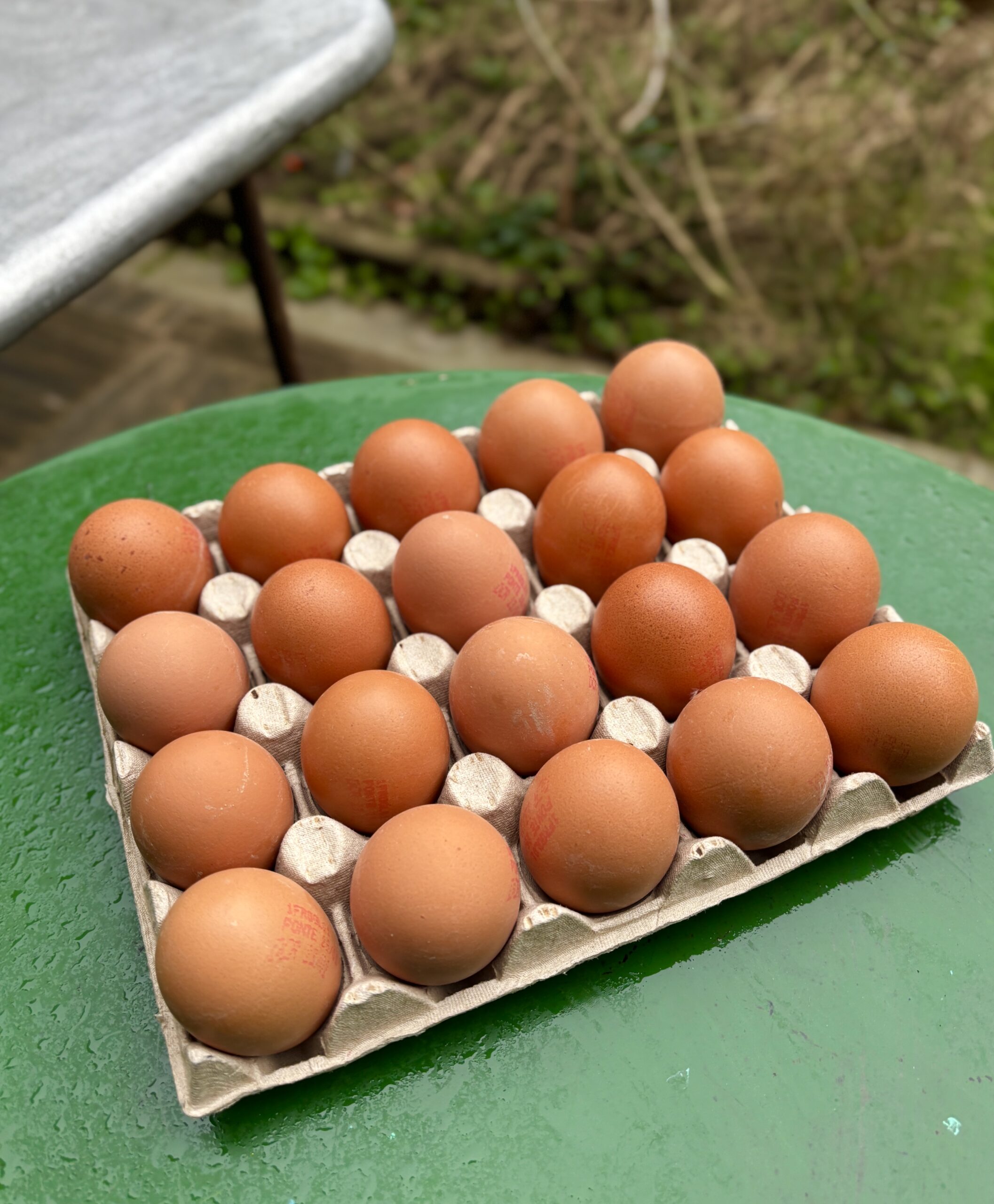





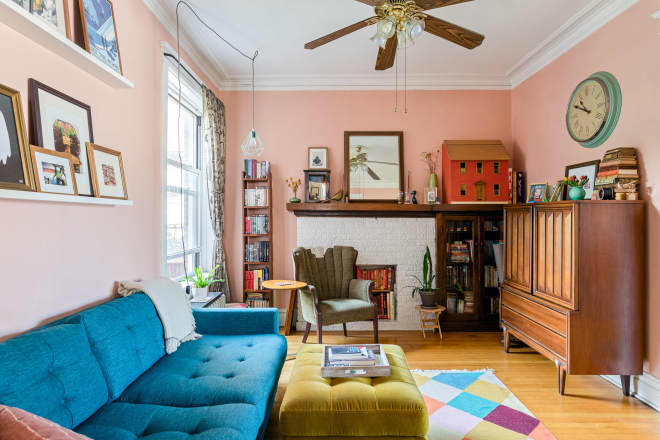


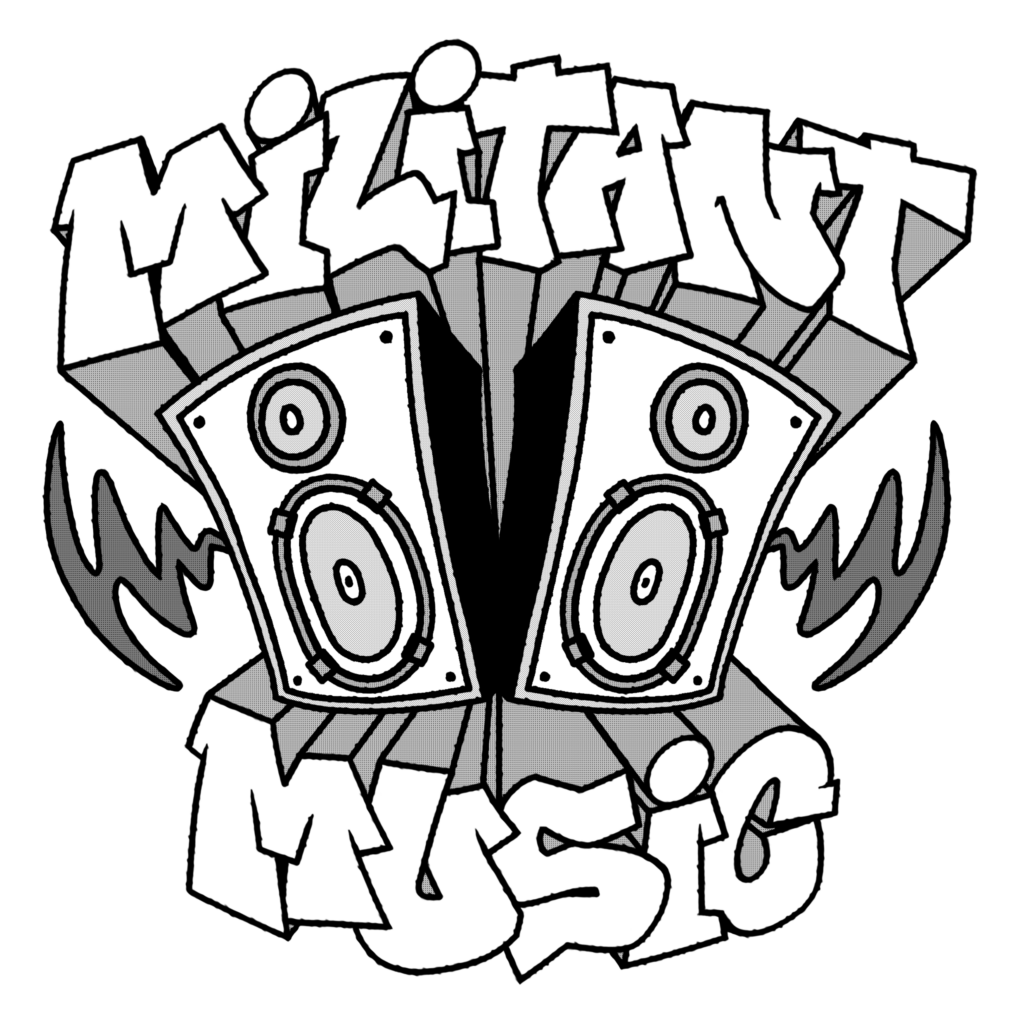

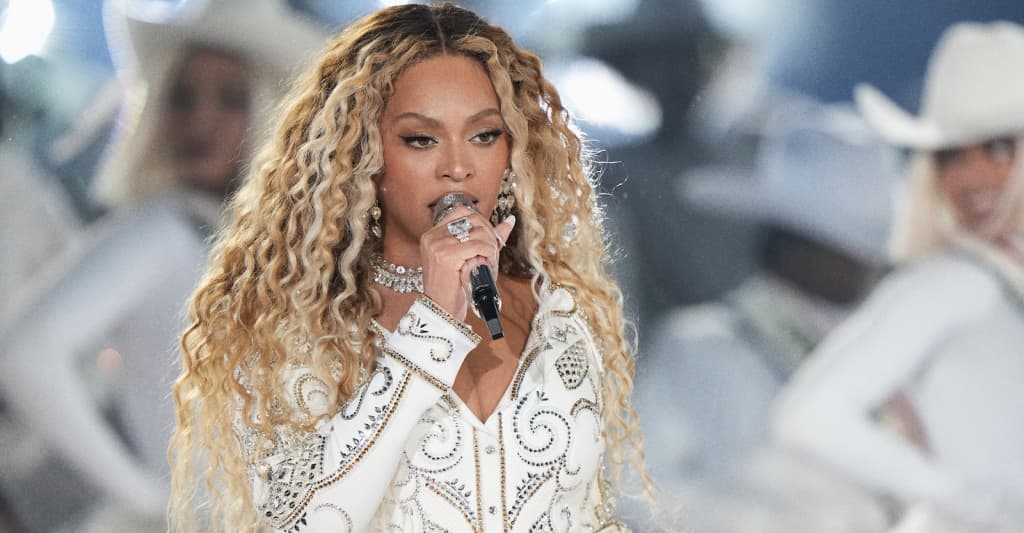
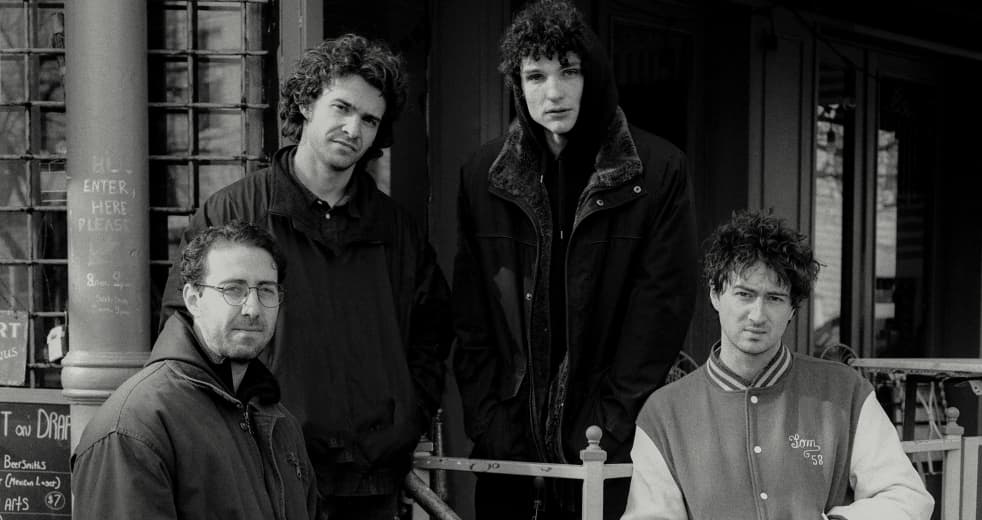






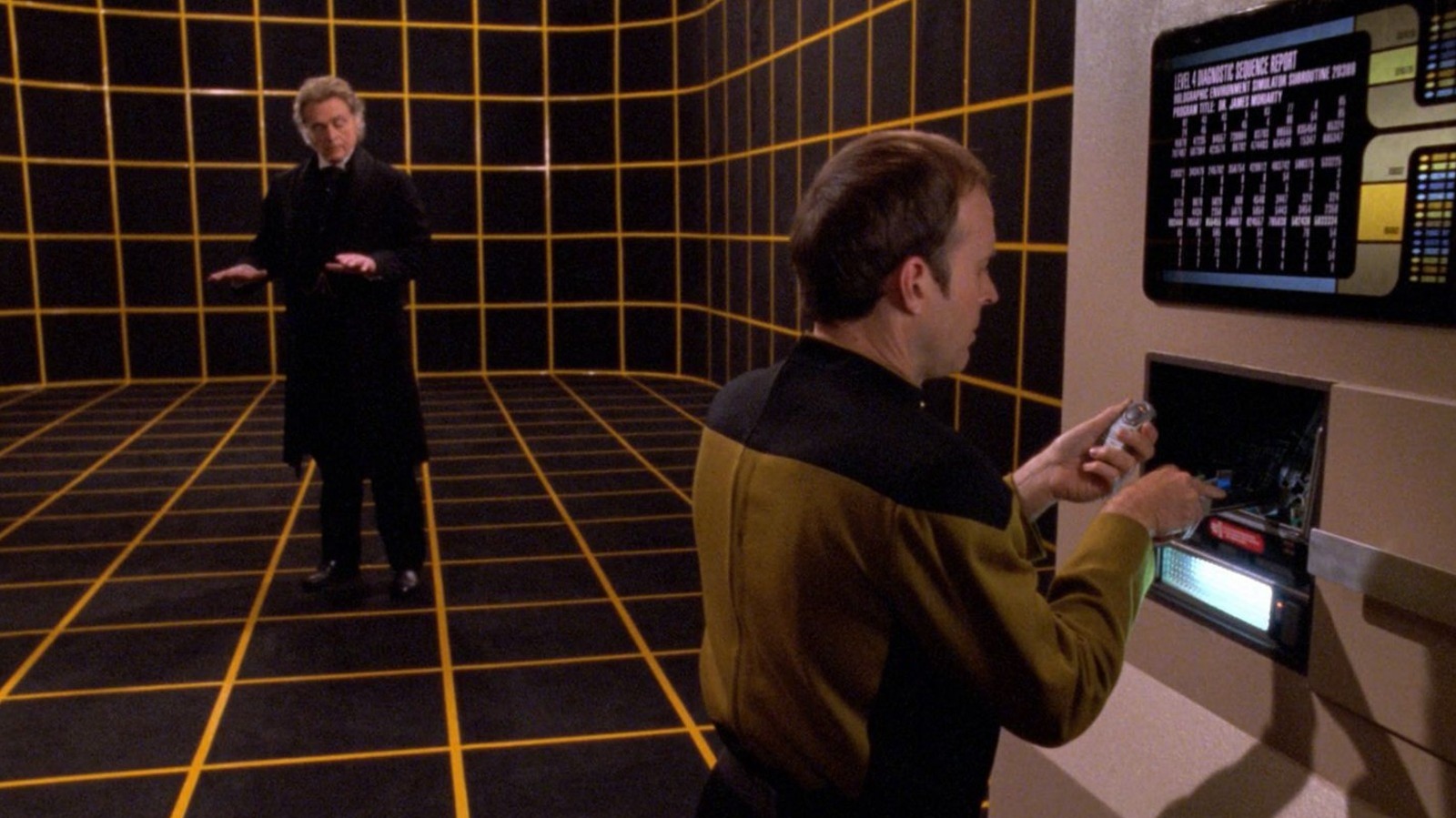
![‘Two Women’ Review: Libidinous Québécois Romp Pokes Fun At Monogamy [Sundance]](https://cdn.theplaylist.net/wp-content/uploads/2025/01/27141811/Two_Women-Sundance.jpg)
![‘Omaha’ Review: A Sturdy, Stoic John Magaro Anchors Moving Family Road Trip Drama [Sundance]](https://cdn.theplaylist.net/wp-content/uploads/2025/01/27134233/Omaha-John-Magaro-Sundance.jpg)





